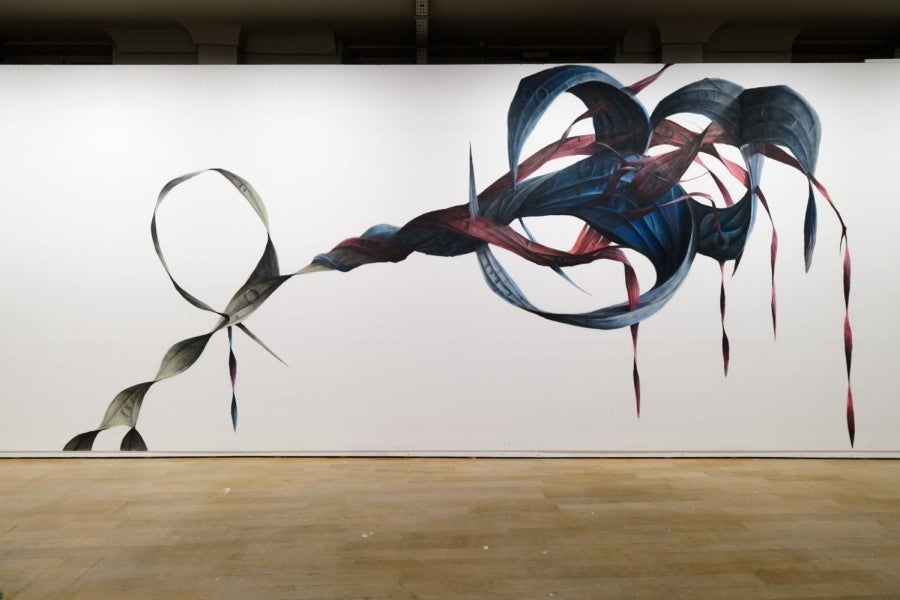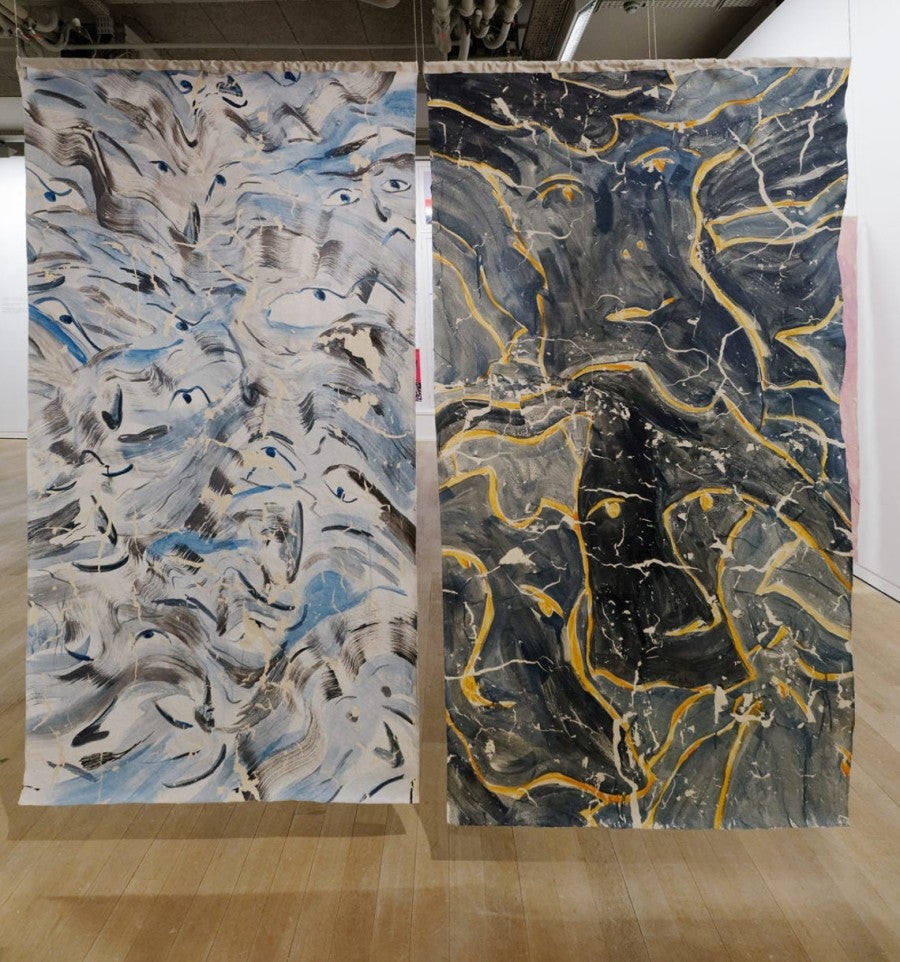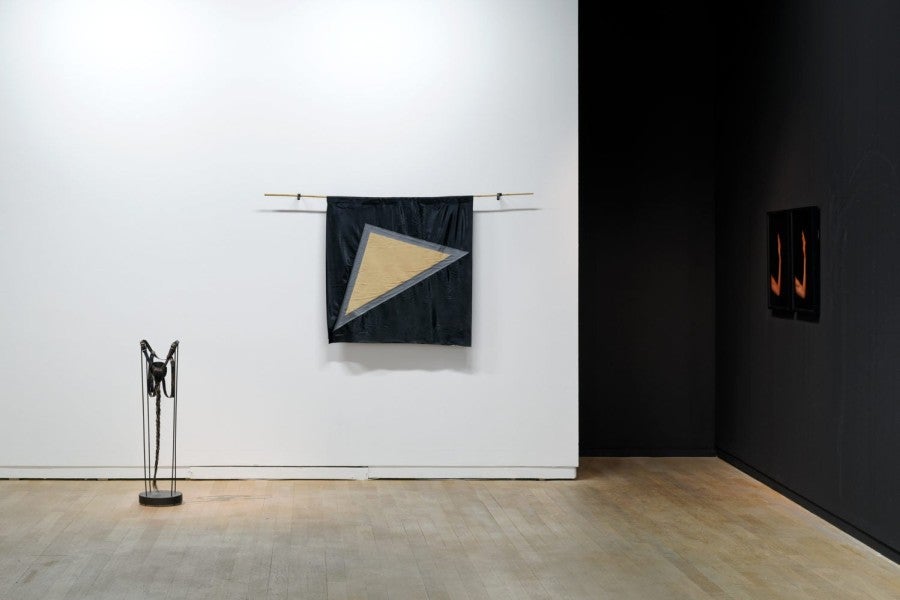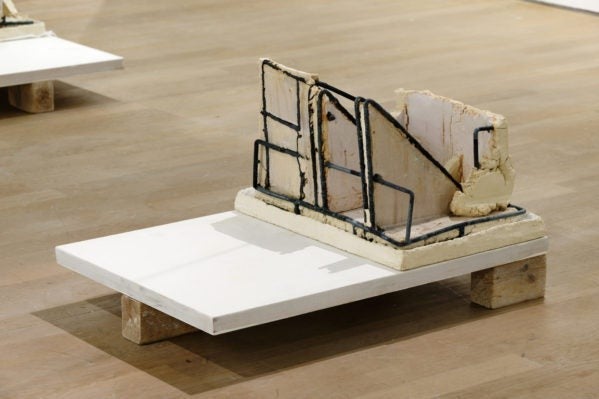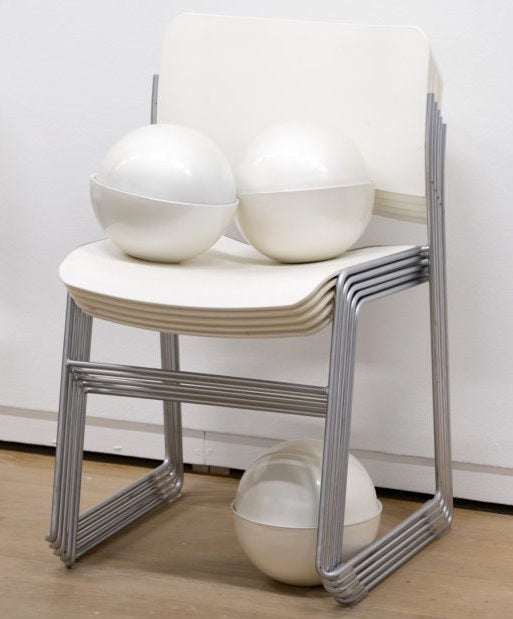A Barbarian in Paris

A Barbarian in Paris is an exhibition departing from the manifesto Active Art, written by Latvian collector, writer and doctor Andrejs Kurcijs in 1923
In the text Kurcijs identifies the importance of art and the artist in society but also defends the necessity of art to be activated within its own logic, to be independent. The project doesn’t provide a singular position except the singularity of its starting point, the manifesto. The text is complex and can’t be framed in a simple proposition; the interpretations are as many as there are participants. As the Latvian contemporary philosopher Ainārs Kamoliņš puts it: “One of the paradoxes when we are speaking about active art is that we can’t define it because then it’s already passive. In this sense it’s good to think about active failure. One should do just enough as not to govern the discourse but still enough to have an impact. To use this force within the art field without making rules”.
This conversation about active art comes in a time when art as such seems to become less of a threat to the conventions in our society. Does the artist still have a critical position? This could be a provocative question to ask, not only towards the artist but also towards our use of art, the institutions supporting it, the market investing in it and its politics. Today art practitioners in France, Latvia and elsewhere try to reconnect with a political dimension without losing an artistic autonomy. The relevance of Kurcijs’ Active Art is thus renewed in this context.
Joachim Hamou, Maija Rudovska and Barbara Sirieix are curators of the exhibition and editors of Active Art, the book to be published on that occasion by Paraguay Press.
The project is supported and realized in collaboration between Kim? Contemporary Art Centre (Riga, Latvia), Fondation d’entreprise Ricard and Paraguay Press (Paris, France). The exhibition is an event in the international programme of Latvia’s State Centenary.
Special thanks to the Ministry of Culture of the Republic of Latvia, Latvia 100, Latvian State Culture Capital Foundation, Stichting Niemeijer Fonds, Sundaymorning@EKWC, Mondriaan Fund, Danish Arts Foundation, KUMU – Art Museum of Estonia, Zane Onckule and Riinu Rahuoja.Performance every Thursday at 6 pm
La nouvelle organisation is a piece written by Signe Frederiksen and staged in collaboration with Matthieu Brion, Thelma Cappello, Shawn Jeffers, Nicole Mersey, Rafael Moreno and Xiao Wang.